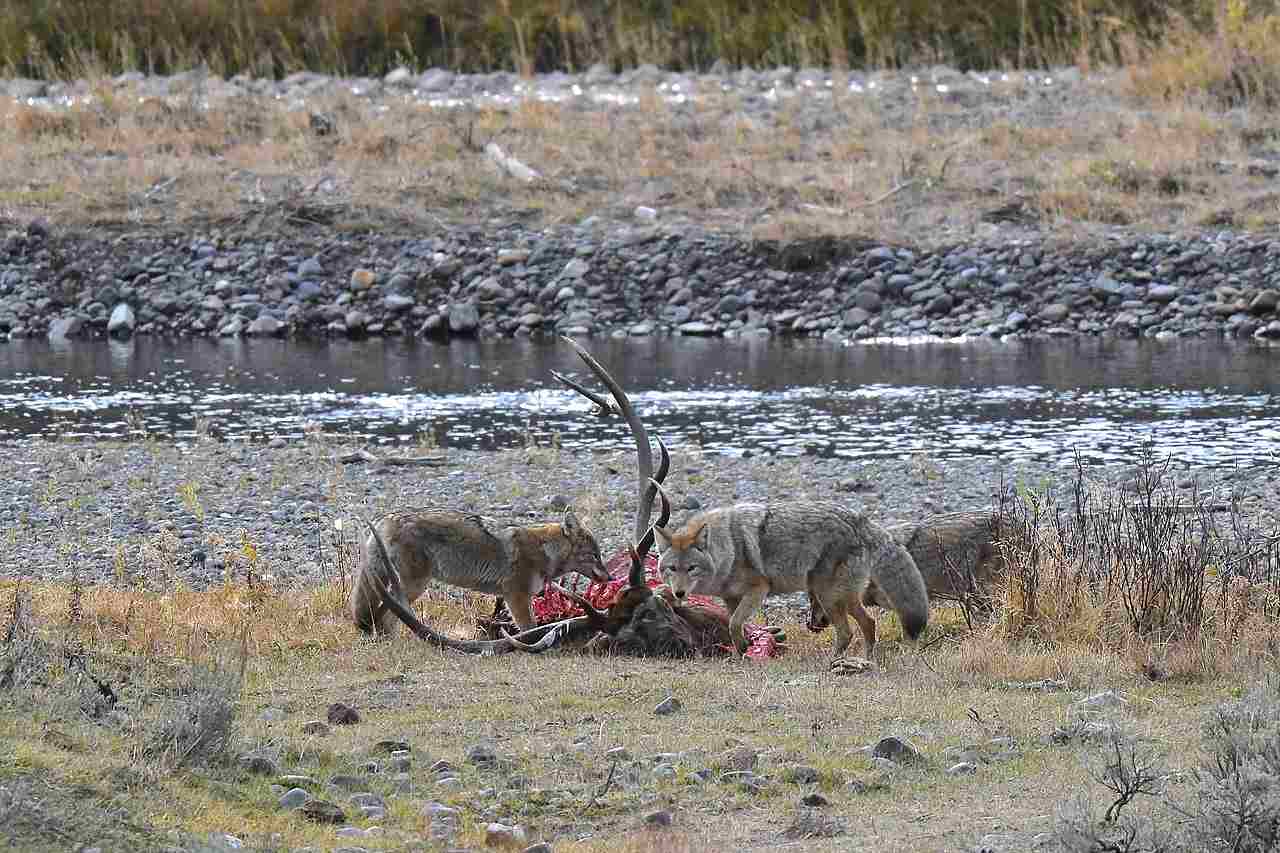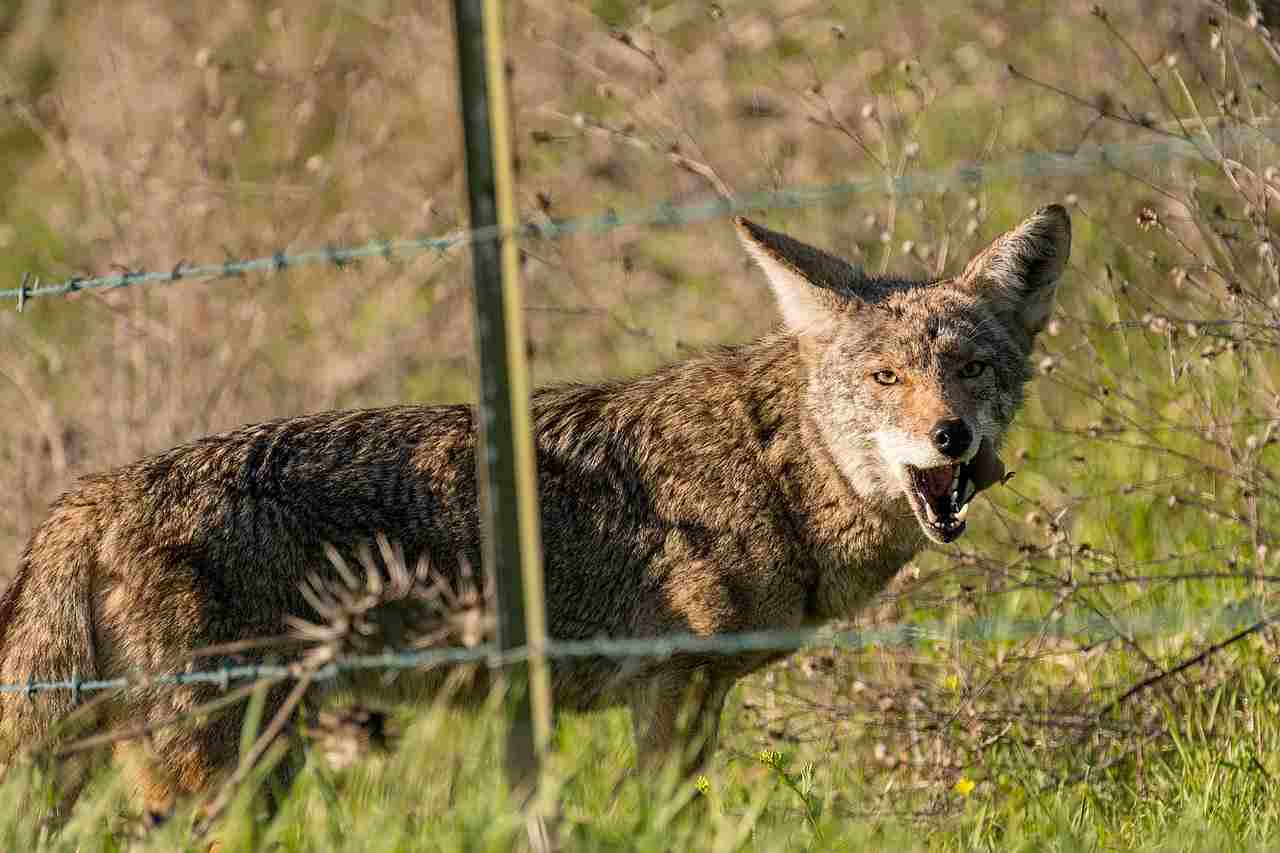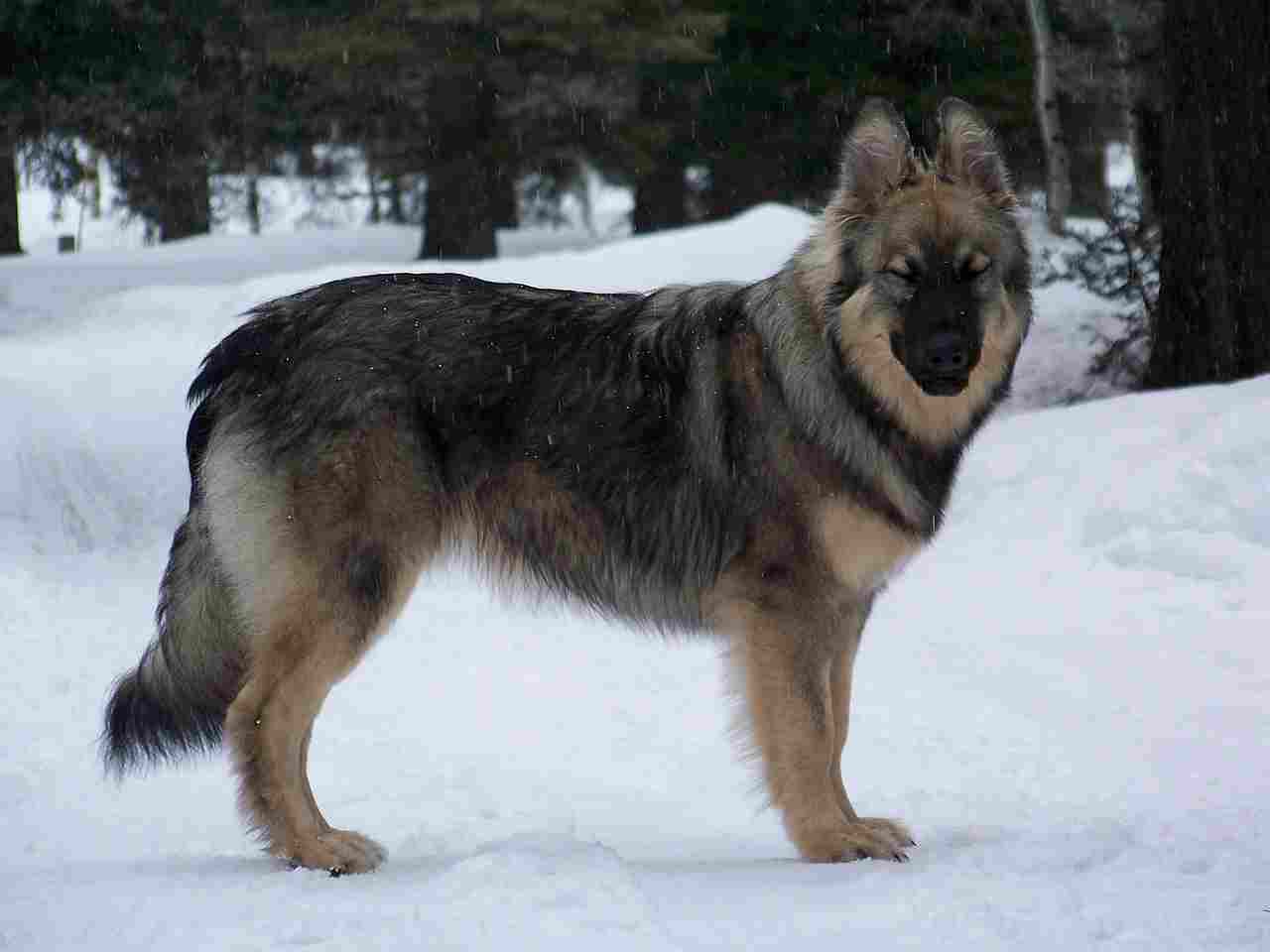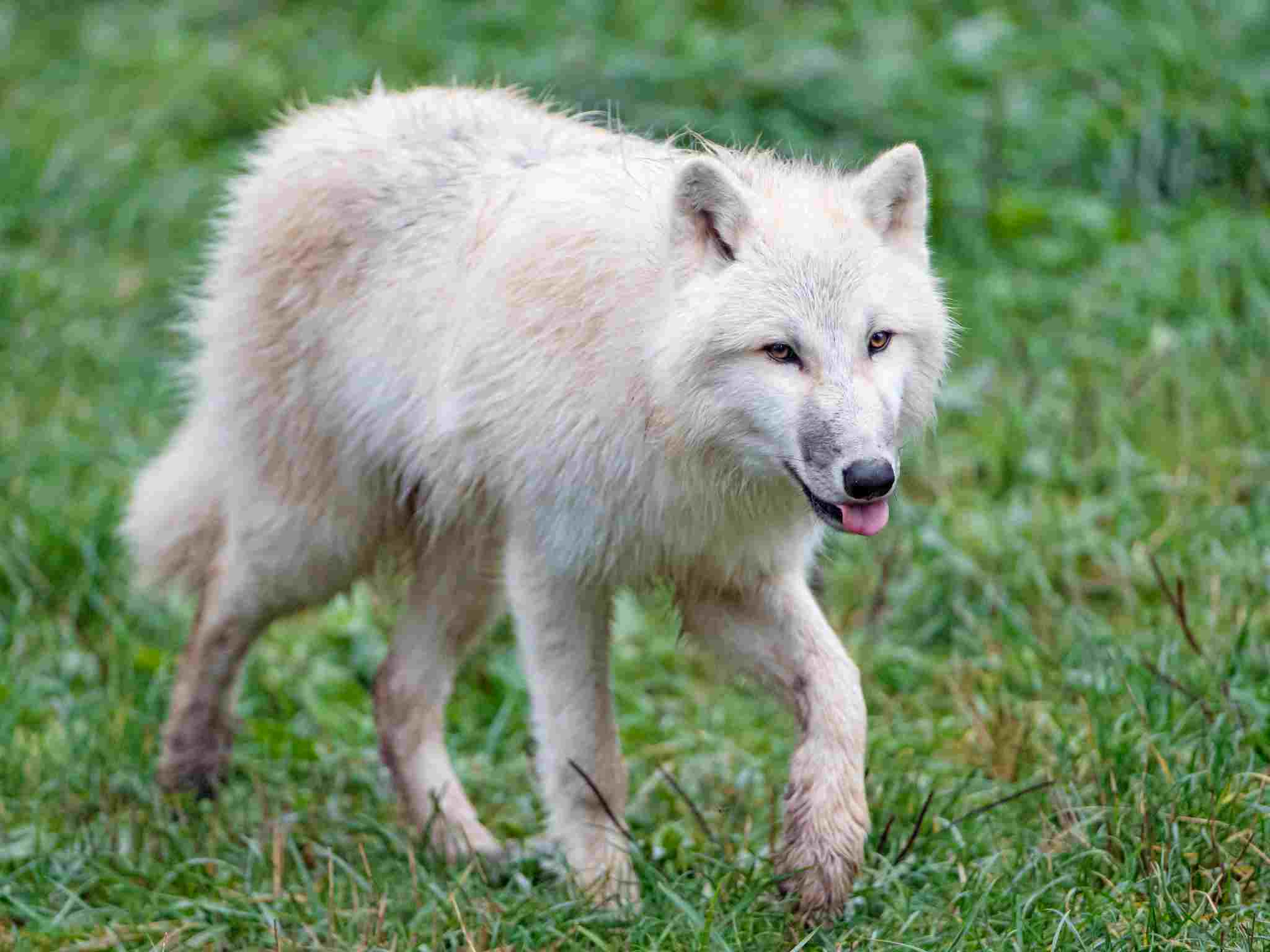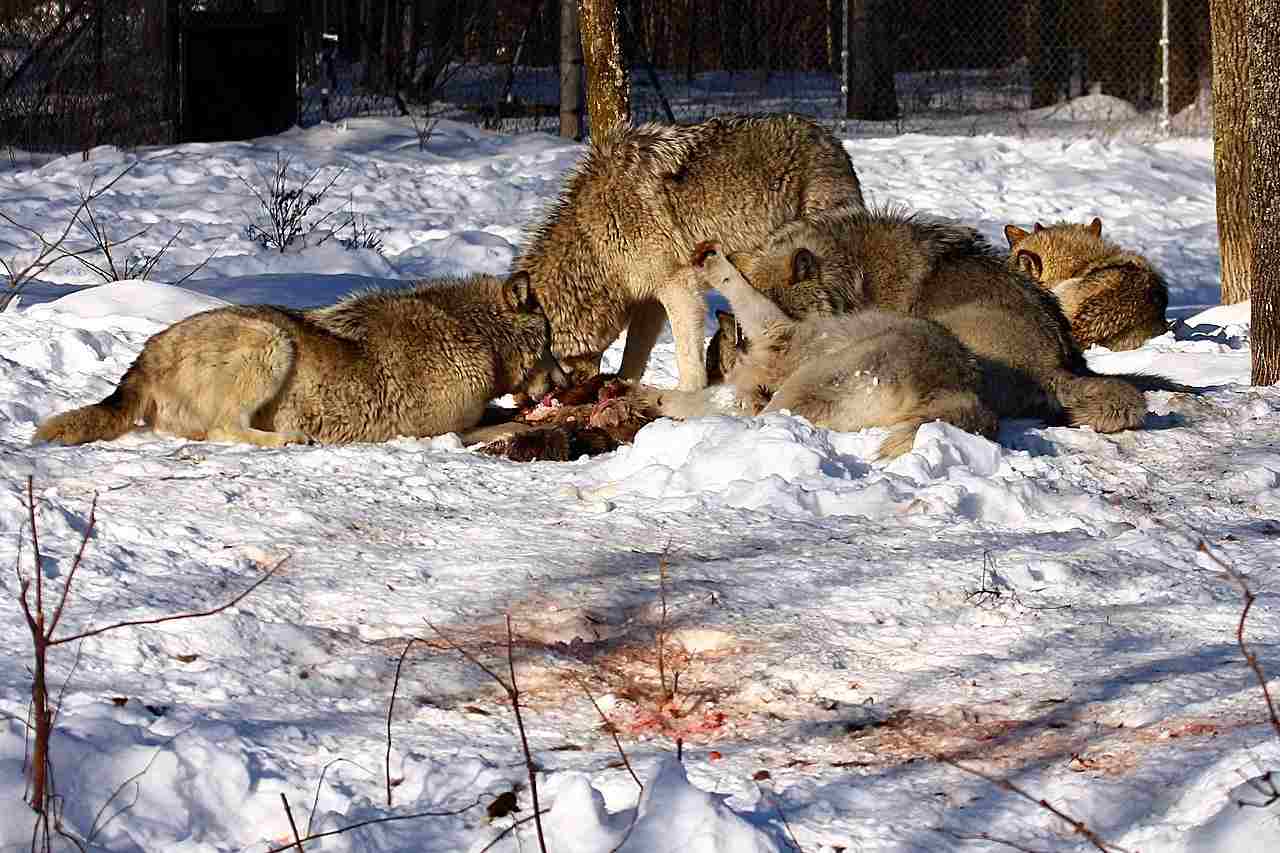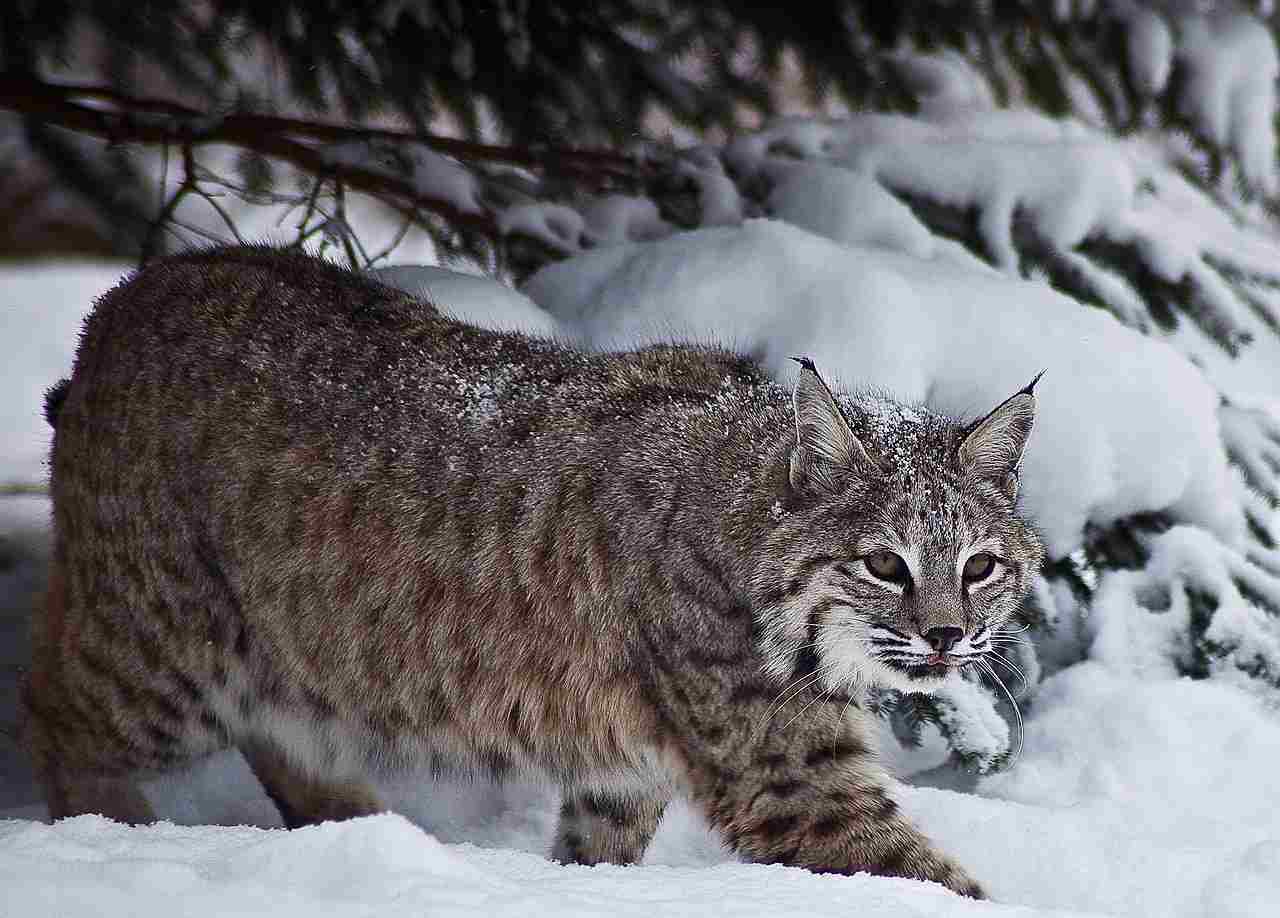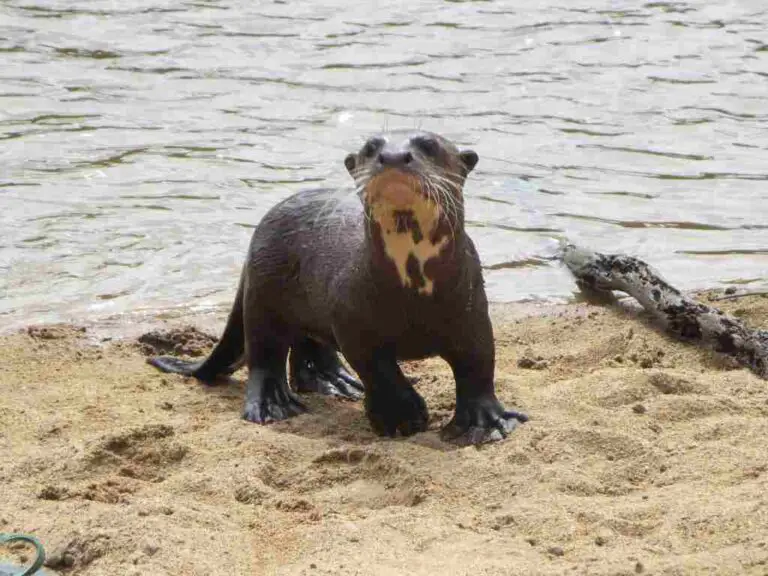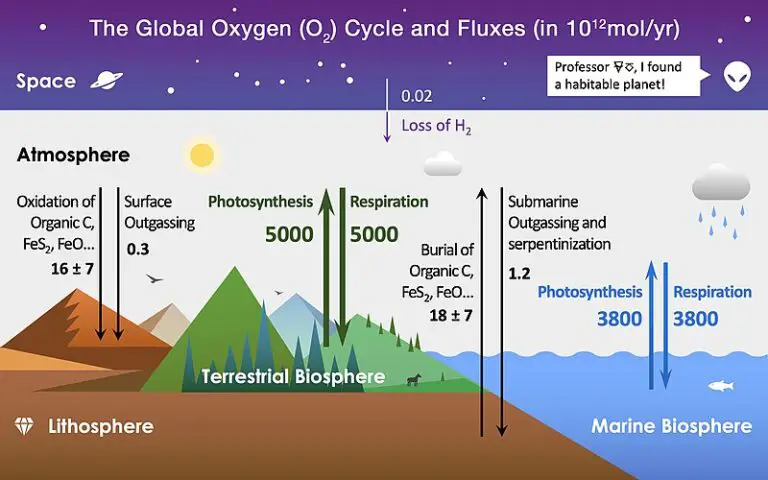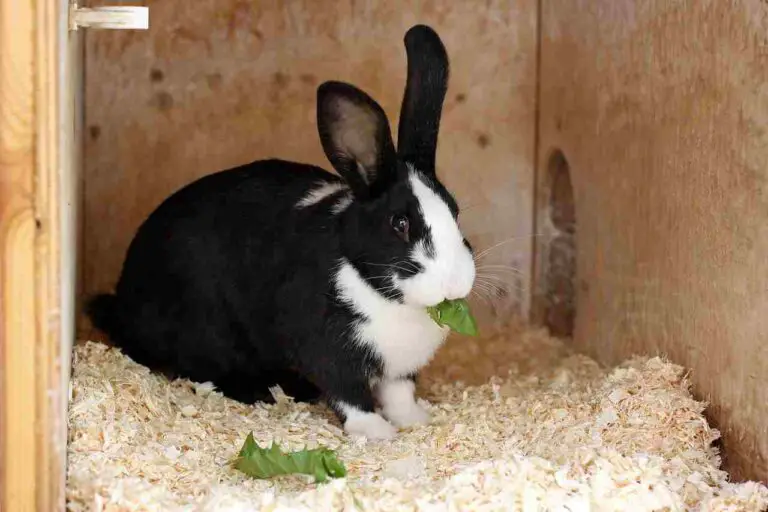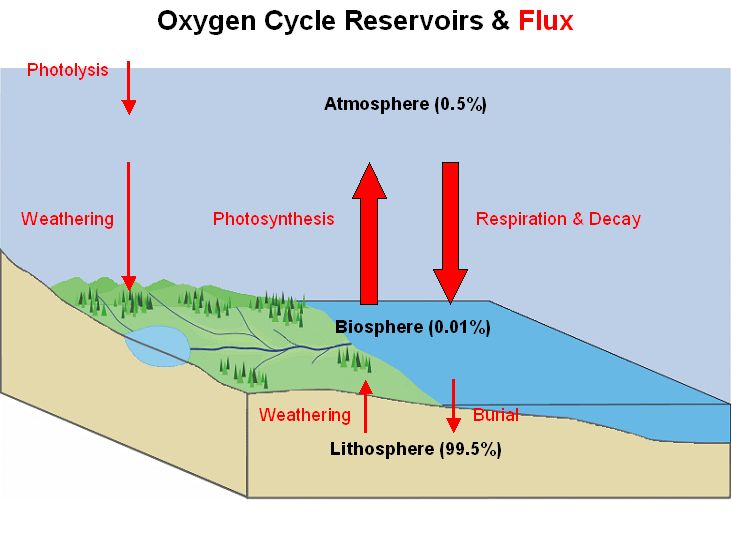Differences Between Wolves and Coyotes: Coyote Vs Wolf Comparison Explained
Wolves are generally larger, heavier and stronger than coyotes, making them more prominent as predators in the ecosystem. This also implies that a wolf is likely to overpower and kill a coyote in a direct wolf vs coyote confrontation.
The differences between wolves and coyotes occur in various areas including their taxonomy, appearance, size, weight, speed and agility, bite force, overall physical capacity, habitat, lifespan, behavior, reproduction, danger posed to humans, and conservation status. Various factors can be used to compare these animals, such as their biological characteristics and physical capabilities.
Key Outcomes
*Biological Comparison
Wolves and coyotes are both members of the Canidae family, but they belong to different genera and species. While they share some similarities, there are distinct biological differences between the two.
Wolves, scientifically known as Canis lupus, are larger and more robust compared to coyotes. They have a more muscular build and a broader skull. Coyotes, on the other hand, belong to the species Canis latrans and have a slender and agile body structure.
*Size and Weight Comparison
Wolves and coyotes differ significantly in terms of size and weight. Wolves are generally larger than coyotes, with an average weight ranging from 70 to 120 pounds.
On the other hand, coyotes are smaller and lighter, weighing between 20 to 50 pounds.
*Physical Capability Comparison
The physical capabilities of wolves and coyotes are often compared to determine which animal is stronger and more dominant. While both species possess unique strengths, it is important to understand that strength alone does not determine the outcome of a confrontation between them.
Wolves, with their average weight ranging from 70 to 120 pounds, are generally larger and more robust than coyotes. This size advantage gives them a greater physical presence and potentially more power in a direct encounter. However, coyotes, weighing between 20 to 50 pounds, compensate for their smaller size with agility and adaptability.
In a head-to-head confrontation, the outcome would depend on various factors such as the individual animals’ health, age, and experience, as well as the specific circumstances of the encounter. Wolves are known for their pack hunting strategies, which involve coordinated efforts to overpower prey. Coyotes, on the other hand, are solitary hunters and rely on their speed, agility, and cunning to catch smaller prey.
1). Taxonomy
The taxonomy of wolves and coyotes reveals interesting similarities and differences between the two species. Both wolves and coyotes belong to the same genus, Canis, which also includes domestic dogs. However, they are classified as different species: wolves are known as Canis lupus, while coyotes are classified as Canis latrans.
Despite their close genetic relationship, there are distinct characteristics that set wolves and coyotes apart. Wolves are generally larger and more robust, with a stockier build and a broader skull. Coyotes, on the other hand, have a slender and agile physique, allowing them to navigate various terrains with ease.
2). Appearance
The appearance of wolves and coyotes is distinct, reflecting their different adaptations and lifestyles. One key aspect of their appearance is their coat, fur, and skin. Wolves typically have a thick, dense coat that helps them withstand harsh weather conditions in their natural habitats. Their fur can vary in color, ranging from gray to brown, and even white in some Arctic species. On the other hand, coyotes have a lighter and shorter coat, which is usually a mix of gray, brown, and reddish tones.
Another important aspect of their appearance is their ability to camouflage. Wolves have evolved to blend in with their surroundings, allowing them to stalk and hunt their prey more effectively. Their fur coloration and patterns help them remain hidden in forests and snowy landscapes. Coyotes, on the other hand, have a more adaptable appearance that allows them to blend in with a variety of environments, including grasslands, deserts, and urban areas.
In terms of stature and build, wolves are generally larger and more robust compared to coyotes. Wolves have a stockier build, with a broader skull and a more muscular body. Coyotes, on the other hand, have a slender and agile physique, which enables them to navigate various terrains with ease.
3). Size
When comparing wolves and coyotes, size is a significant factor that sets them apart. Wolves are generally larger than coyotes in terms of total body length and height at the shoulders. Wolves can reach lengths of up to 6.5 feet and stand at a shoulder height of around 3.5 feet. On the other hand, coyotes are smaller, with an average body length of about 4.5 feet and a shoulder height of approximately 2 feet.
The difference in size between these two canines is not only evident in their measurements but also in their overall appearance. Wolves have a more imposing presence due to their larger size, while coyotes have a more compact and streamlined physique. This size difference is a reflection of their distinct ecological roles and evolutionary adaptations.
The larger size of wolves allows them to take down larger prey and compete with other apex predators in their habitats. Their size also contributes to their ability to survive in harsh environments and endure long periods without food. On the other hand, the smaller size of coyotes enables them to be more agile and adaptable, allowing them to thrive in a variety of habitats and exploit a wider range of food sources.
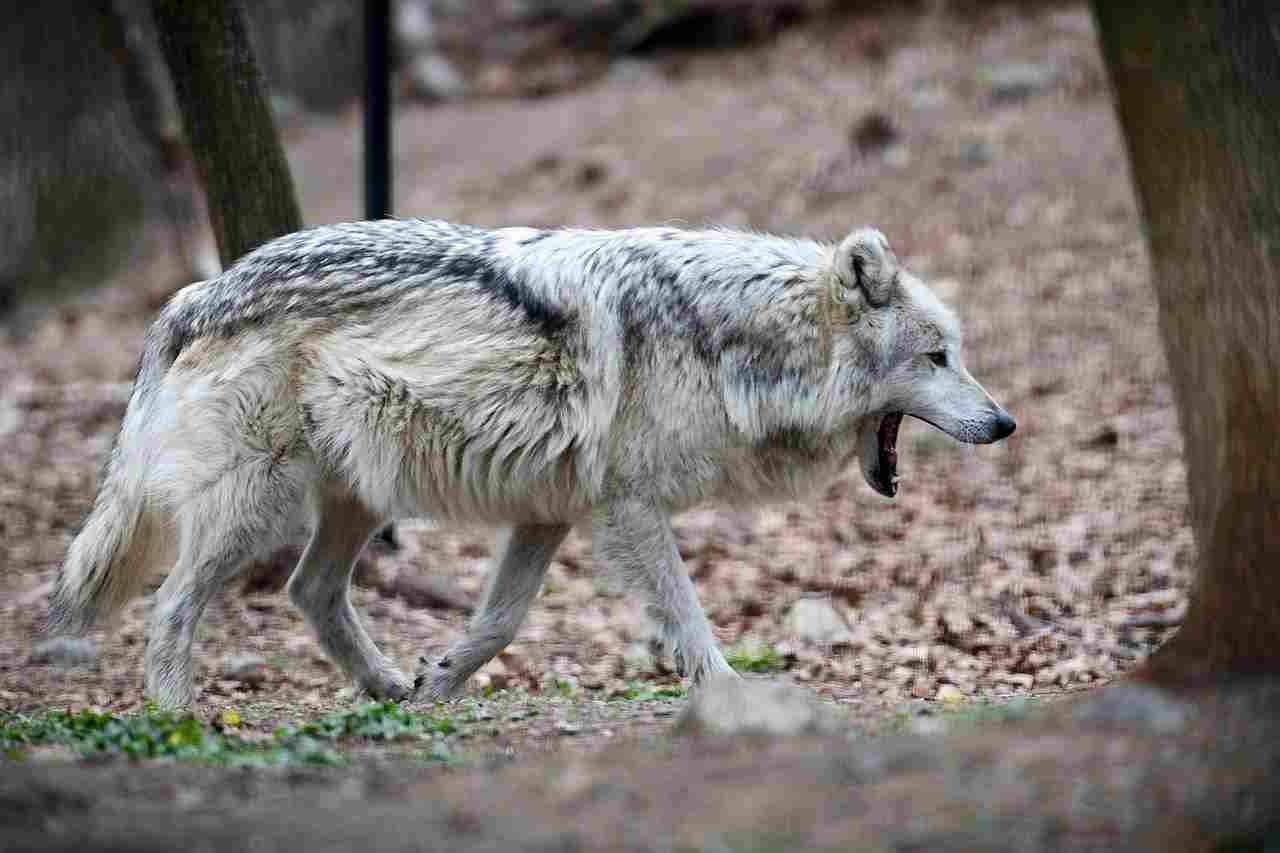
4). Weight
When comparing the weight of wolves and coyotes, there is a noticeable difference between the two species. Wolves are significantly heavier than coyotes, with adult wolves weighing between 70 to 150 pounds. On the other hand, coyotes are much lighter, with adult coyotes weighing between 20 to 50 pounds.
The difference in weight is a result of their distinct ecological roles and evolutionary adaptations. Wolves, being larger and heavier, require more food to sustain their energy needs. Their weight allows them to take down larger prey and compete with other apex predators in their habitats. It also contributes to their ability to survive in harsh environments and endure long periods without food.
In contrast, the lighter weight of coyotes enables them to be more agile and adaptable. They can easily navigate through various terrains and exploit a wider range of food sources. Their smaller size and weight make them efficient hunters of smaller prey, such as rodents and rabbits.
5). Speed and Agility
When comparing the speed and agility of wolves and coyotes, there are notable differences between the two species. Wolves are known for their impressive speed, capable of reaching speeds of up to 35 miles per hour. This allows them to chase down and capture their prey with relative ease. Their long legs and powerful muscles contribute to their ability to cover large distances quickly.
On the other hand, coyotes are renowned for their agility and maneuverability. While they may not match the top speed of wolves, coyotes can reach speeds of up to 43 miles per hour in short bursts. Their smaller size and lighter weight enable them to change direction quickly and navigate through various terrains, including dense forests and rocky landscapes.
The contrasting speed and agility of wolves and coyotes are a result of their different hunting strategies and ecological roles. Wolves rely on their speed to chase down and overpower larger prey, such as deer and elk. In contrast, coyotes are more opportunistic hunters, relying on their agility to catch smaller prey like rodents and rabbits.
6). Bite Force
When comparing the bite force of wolves and coyotes, there are significant differences between the two species. The bite force of an animal is a measure of the strength and power of its jaw muscles. It is an important factor in determining the animal’s ability to capture and kill its prey.
Wolves have an incredibly powerful bite force, with an average psi (pounds per square inch) ranging from 400 to 1,200. This allows them to exert immense pressure on their prey, enabling them to crush bones and deliver fatal bites. Their strong jaws and sharp teeth are essential for taking down large ungulates like deer and elk.
On the other hand, coyotes have a relatively weaker bite force compared to wolves. Their average psi ranges from 200 to 400. While not as powerful as wolves, coyotes still possess enough strength to capture and kill smaller prey, such as rodents and rabbits. Their bite force is sufficient for their hunting needs and is adapted to their ecological role as opportunistic hunters.
The difference in bite force between wolves and coyotes is a reflection of their divergent hunting strategies and prey preferences. Wolves rely on their powerful jaws to bring down larger prey, while coyotes utilize their agility and versatility to catch smaller prey.
7). Overall Physical Capacity (Which is Stronger?)
When comparing the overall physical capacity of wolves and coyotes, several factors need to be evaluated and compared. These factors include size, weight, speed, agility, bite force, and physical capabilities. By examining these aspects, we can determine which species is stronger and which would prevail in a violent confrontation.
In terms of size and weight, wolves are generally larger and heavier than coyotes. Wolves can reach lengths of up to 6.5 feet and weigh between 70 to 150 pounds, while coyotes are smaller, measuring around 4.5 feet in length and weighing between 20 to 50 pounds. This size advantage gives wolves an edge in terms of strength and power.
Speed and agility are also important factors to consider. Wolves are known for their impressive speed, capable of reaching speeds up to 40 miles per hour. They are agile runners, allowing them to chase down and capture fast-moving prey. Coyotes, although not as fast as wolves, are still agile and can reach speeds up to 43 miles per hour. Their smaller size and lighter weight contribute to their agility.
When it comes to bite force, wolves have a significantly stronger bite compared to coyotes. With an average psi ranging from 400 to 1,200, wolves can exert immense pressure on their prey, enabling them to crush bones and deliver fatal bites. Coyotes, on the other hand, have a relatively weaker bite force, with an average psi ranging from 200 to 400. While sufficient for their hunting needs, it is not as powerful as that of wolves.
It can be concluded that wolves have a stronger overall physical capacity compared to coyotes. Their larger size, greater weight, impressive speed, and powerful bite force give them an advantage in terms of strength and power. In a violent confrontation between the two species, it is likely that the wolf would prevail over the coyote.
8). Habitat
The habitat of wolves and coyotes plays a crucial role in their survival and distribution. Both species have adapted to various ecosystems and have a wide geographic range. Wolves are primarily found in forested areas, such as taiga, tundra, and temperate forests. They are highly adaptable and can also inhabit grasslands, mountains, and even deserts. Coyotes, on the other hand, have a more flexible habitat range. They are highly adaptable and can be found in a variety of ecosystems, including forests, grasslands, deserts, and urban areas.
Wolves are known to prefer large, undisturbed areas with abundant prey populations. They require vast territories to hunt and establish their packs. In contrast, coyotes are more adaptable and can thrive in fragmented habitats, including suburban and urban environments. They are opportunistic feeders and can survive on a diverse diet, including small mammals, birds, insects, and even fruits.
The geographic range of wolves is extensive, spanning across North America, Europe, and Asia. They have a wide distribution and can be found in diverse habitats, from the Arctic to the Mediterranean. Coyotes, on the other hand, are native to North America but have expanded their range due to human activities. They can now be found throughout the United States, Canada, Mexico, and even parts of Central America.
9). Lifespan
When comparing the lifespan of wolves and coyotes, there are some notable differences. Wolves generally have a longer lifespan compared to coyotes. On average, wolves can live up to 10-14 years in the wild, although some individuals have been known to live beyond 15 years. In captivity, where they are protected from natural threats and have access to regular food and medical care, wolves can live up to 20 years or more.
Coyotes, on the other hand, have a shorter lifespan. In the wild, coyotes typically live for about 6-8 years. However, in urban environments where they face fewer natural predators and have access to human food sources, coyotes can live up to 10-12 years. It’s important to note that these are average lifespans and individual variations can occur.
Factors such as habitat, food availability, predation, and disease can influence the lifespan of both wolves and coyotes. Wolves, being larger and more dominant predators, may face fewer threats and have a higher chance of survival compared to coyotes. Additionally, the social structure and pack dynamics of wolves may contribute to their longer lifespan, as they benefit from cooperative hunting and protection within their packs.
Wolves generally have a longer lifespan compared to coyotes, with wolves living up to 10-14 years in the wild and coyotes living for about 6-8 years. However, individual variations and environmental factors can influence the lifespan of both species.
10). Behavior
When comparing the behavior of wolves and coyotes, there are several notable differences. One key aspect is their feeding behavior. Wolves are known to be highly social animals that hunt in packs, cooperating to bring down larger prey. They have a complex social structure and a well-defined hierarchy within the pack. In contrast, coyotes are more opportunistic and adaptable in their feeding habits. They are primarily solitary hunters, although they may form small family groups. Coyotes are known to scavenge and have a more varied diet, including small mammals, birds, insects, and even fruits.
Aggression is another behavior that differs between wolves and coyotes. Wolves are generally more aggressive and territorial, especially when it comes to protecting their pack and hunting grounds. They are known to defend their territory vigorously against intruders. On the other hand, coyotes are more tolerant of other coyotes and may even form loose associations with unrelated individuals.
Vocalization is another behavior that sets wolves and coyotes apart. Wolves are known for their distinctive howls, which serve as a means of communication within the pack. Howling helps to coordinate activities, maintain social bonds, and mark territory. Coyotes, on the other hand, have a wider range of vocalizations, including barks, yips, and howls, which they use for communication and to establish their presence.
In terms of parenting behavior, wolves and coyotes also differ. Wolves have a highly developed system of parental care, with both parents participating in raising their offspring. Coyotes, on the other hand, have a more flexible approach to parenting, with the male and female taking turns in caring for the pups.
Generally, the behavior of wolves and coyotes reflects their different ecological and social adaptations. Wolves exhibit more complex social behaviors, while coyotes are more adaptable and opportunistic in their feeding and social habits.
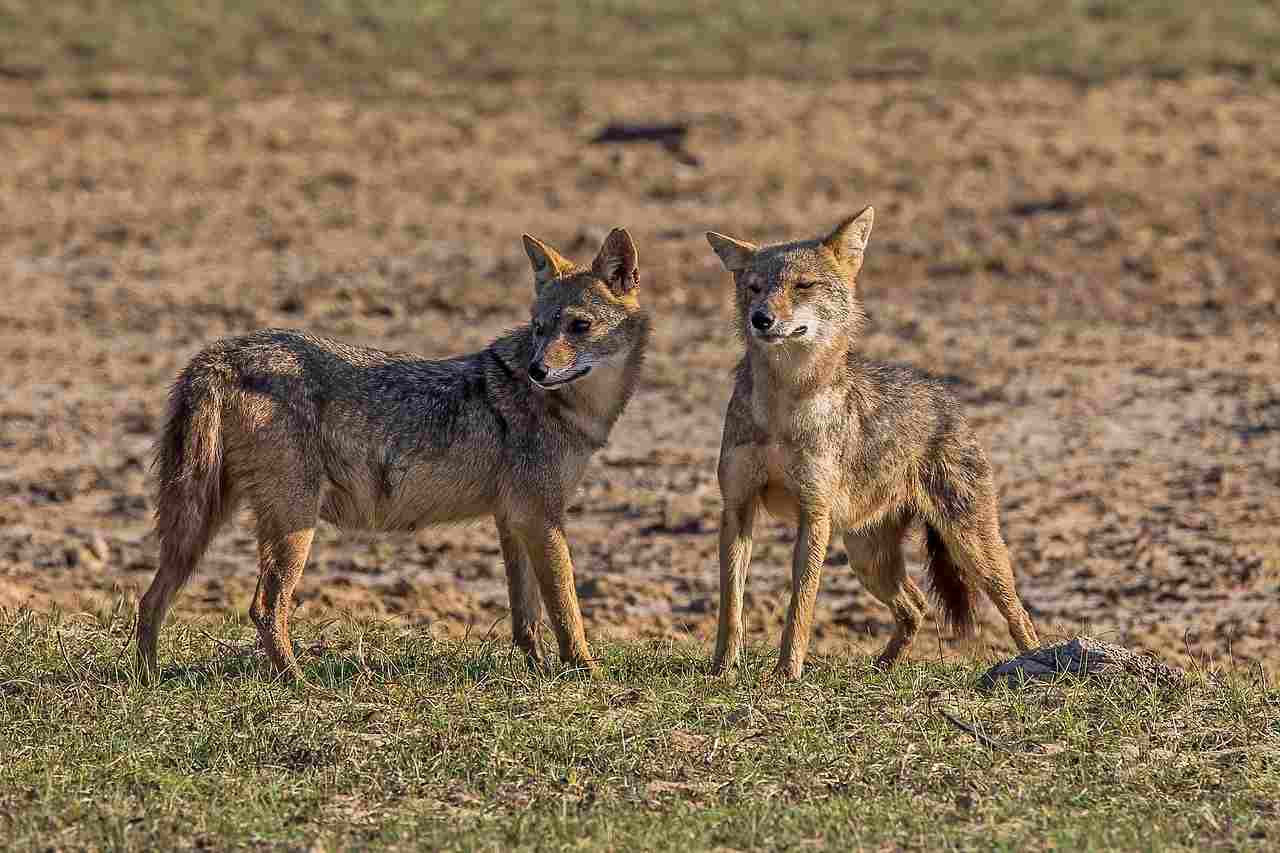
11). Reproduction
When comparing the reproduction of wolves and coyotes, there are several notable differences. One key aspect is their mode of reproduction. Wolves are viviparous, meaning they give birth to live young. The female wolf has a gestation period of around 63 days before giving birth to a litter of pups. Coyotes are also viviparous, but they have a shorter gestation period of around 60 days.
Another difference in reproduction between wolves and coyotes is the size of their litters. Wolves typically have larger litters, with an average of 4 to 6 pups. Coyotes, on the other hand, have smaller litters, usually consisting of 3 to 9 pups. This difference in litter size can be attributed to the ecological and social adaptations of each species.
In terms of parenting behavior, both wolves and coyotes exhibit parental care. However, wolves have a more structured and cooperative approach to raising their offspring. Both the male and female wolves participate in caring for the pups, ensuring their survival and development. Coyotes, on the other hand, have a more flexible parenting system, with both parents taking turns in caring for the pups.
12). Danger Posed to Humans
When it comes to the danger posed to humans, both wolves and coyotes have the potential to come close to human settlements. However, their behavior towards humans differs significantly. Wolves are generally shy and elusive creatures, and they tend to avoid human contact whenever possible. While there have been rare instances of wolf attacks on humans, they are extremely uncommon. On the other hand, coyotes have adapted well to urban environments and are more likely to be seen in close proximity to human settlements. However, coyotes are typically not aggressive towards humans and will usually flee if they encounter one.
In terms of the rate of human deaths caused, both wolves and coyotes pose a minimal threat. Fatal attacks on humans by wolves are extremely rare, with only a handful of documented cases throughout history. Similarly, coyote attacks resulting in human fatalities are extremely rare occurrences. It is important to note that the vast majority of interactions between humans and these animals are peaceful and non-threatening.
If you do happen to encounter a wolf or coyote, it is best to keep a safe distance and avoid approaching or attempting to feed them. If a wolf or coyote does approach you, it is recommended to make yourself appear larger by raising your arms and making loud noises to deter them.
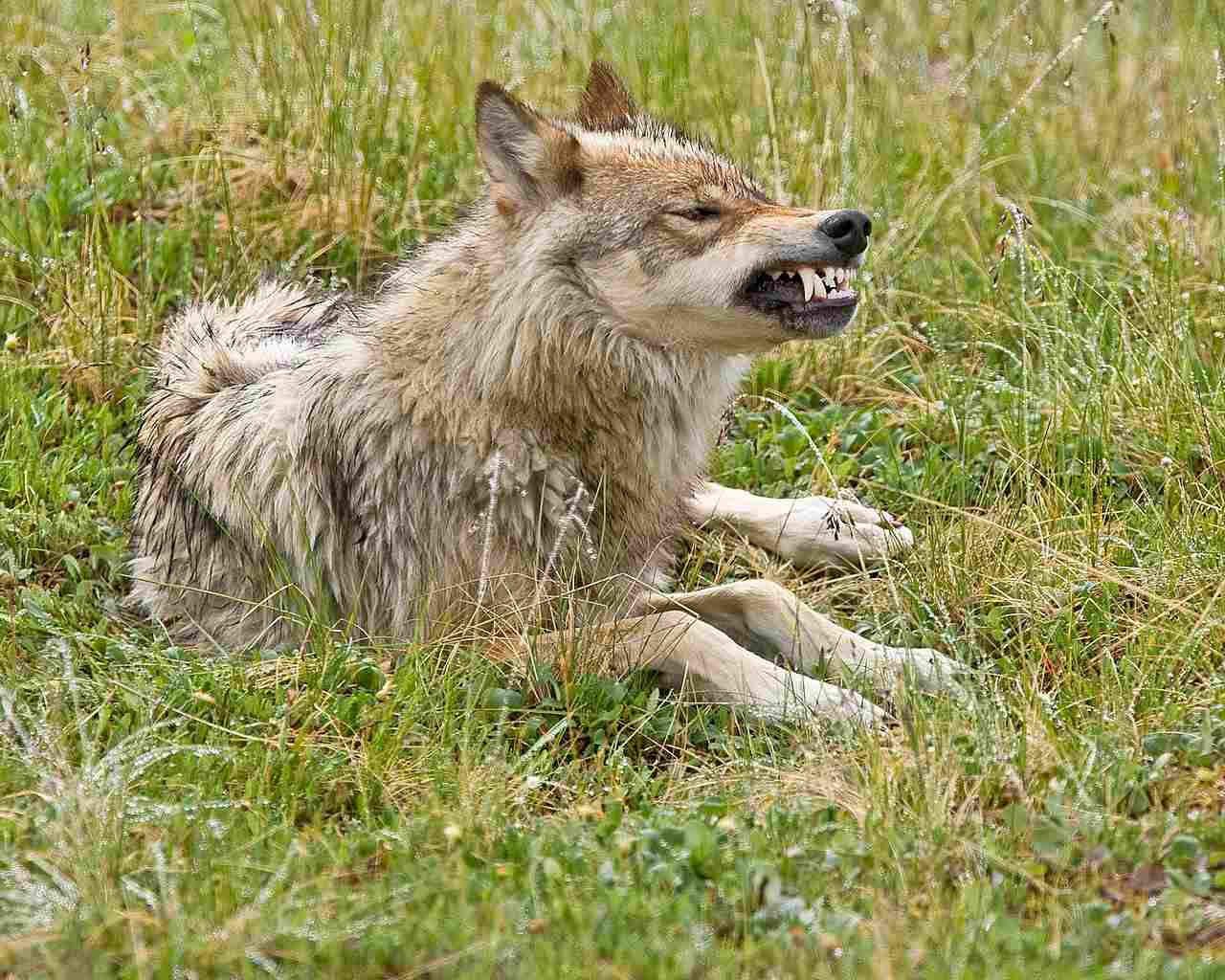
13). Conservation Status
The conservation status of wolves and coyotes varies, with wolves being more endangered or threatened compared to coyotes. Wolves have faced significant population declines due to habitat loss, hunting, and human-wildlife conflict. They are listed as endangered or threatened in many regions, including the gray wolf in North America and the European wolf in Europe. The main threats to the survival of wild wolf populations include habitat fragmentation, illegal hunting, and the depletion of prey species.
On the other hand, coyotes have adapted well to human-altered landscapes and have even expanded their range in recent years. They are not considered endangered or threatened and are classified as a species of least concern. Coyotes are highly adaptable and can thrive in a variety of habitats, including urban areas. While they may face some localized threats such as hunting and trapping, their overall population remains stable.
In terms of conservation efforts, wolves receive more attention and conservation measures due to their endangered status. Conservation organizations and government agencies work to protect and restore wolf populations by implementing measures such as habitat conservation, reintroduction programs, and reducing human-wildlife conflict. Coyotes, on the other hand, are generally not the focus of specific conservation efforts, as their populations are considered stable and their adaptability allows them to persist in various environments.
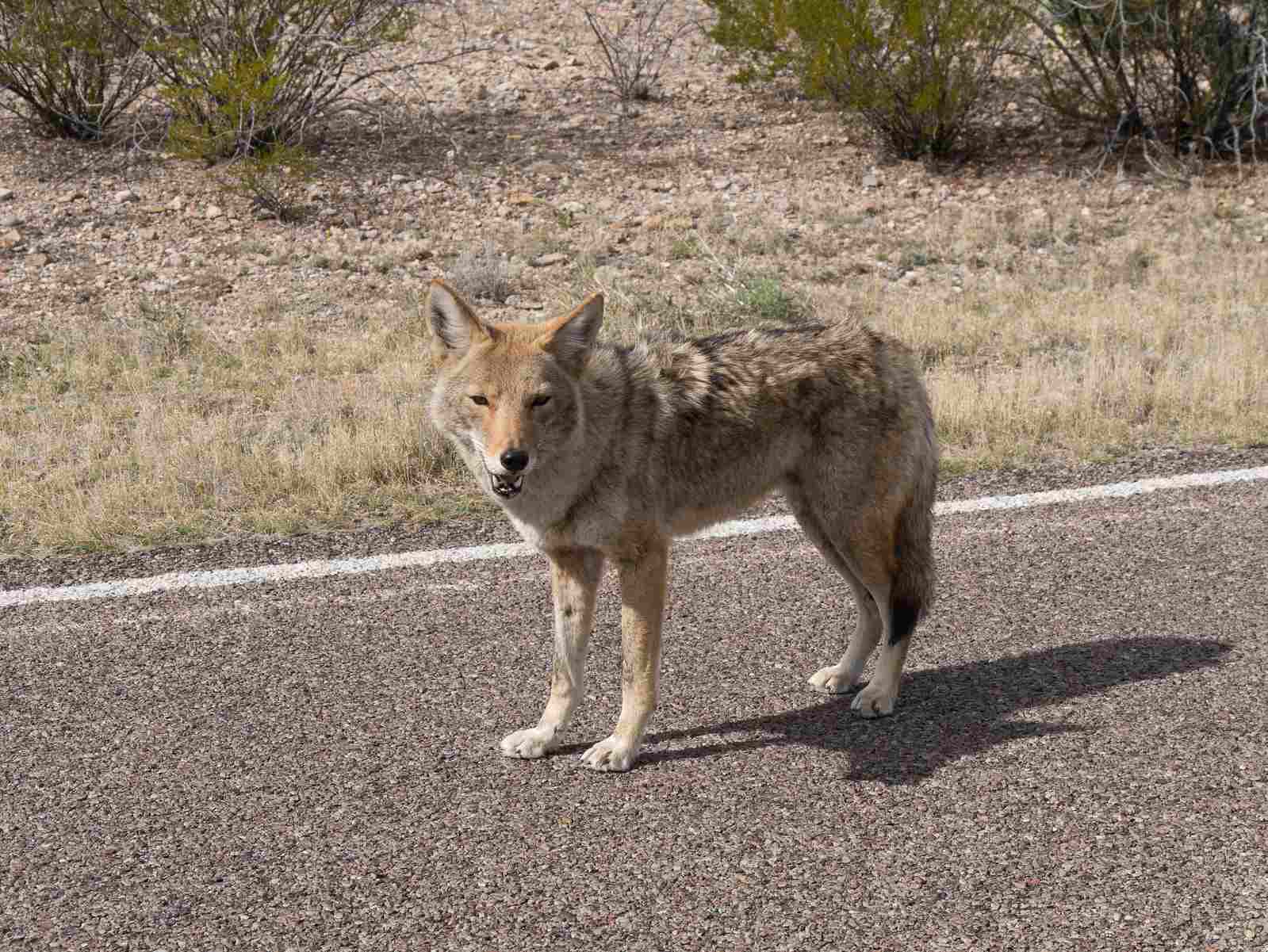
Conclusion
While wolves and coyotes share some similarities, they also have significant differences that set them apart.
In terms of similarities, both wolves and coyotes belong to the Canidae family and share common characteristics such as sharp teeth, keen senses, and a social structure. They are both highly adaptable and have successfully coexisted with humans in various environments.
However, there are notable differences between the two animals. Wolves are generally larger and heavier than coyotes, with a more robust build. They also have a more powerful bite force and greater overall physical capacity.
Wolves primarily inhabit remote wilderness areas and have a more specialized hunting behavior, often preying on large ungulates. On the other hand, coyotes are smaller and more agile, with the ability to thrive in urban areas and adapt to a wide range of diets. They are opportunistic hunters and scavengers.
In terms of conservation status, wolves are more endangered or threatened compared to coyotes. Wolves face significant population declines and are listed as endangered or threatened in many regions. Conservation efforts are focused on protecting and restoring wolf populations. Coyotes, on the other hand, are not considered endangered or threatened and their populations remain stable.
